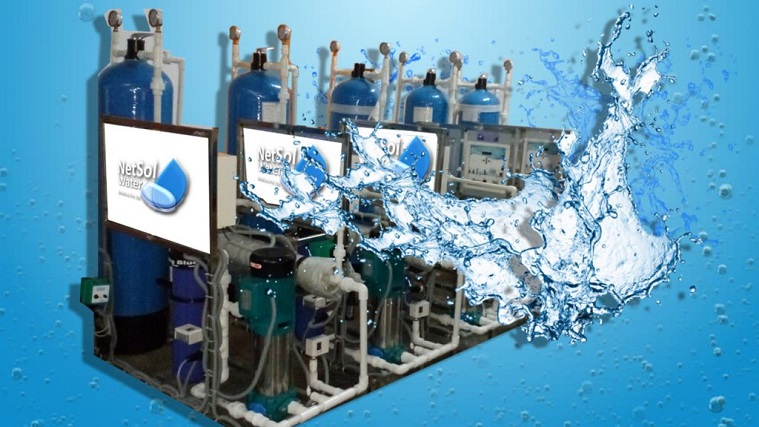
Membrane cleaning
An essential component of a Commercial RO Plant is the cleaning system. After being utilized for a while, membranes may become contaminated with pollutants such as colloids, biofilms and biological contaminants. As a result, the performance of the system would decline. These impurities can absorb to the membrane surface and the pipes of the membrane system. Even more catastrophic damage to the system is possible. Because of this, a Commercial RO system requires regular cleaning.
How do you know that the system requires membrane cleaning?
When the following circumstances are met, cleaning of a Commercial RO Plant membrane typically begins:
- The normalized flow has dropped by 10-15%.
- The permeates adjusted salt content has increased by 10%.
- A pressure vessel’s pressure gradient has dropped by 15%.
What are the methods to clean RO membranes in Commercial RO Plants?
Depending on the quality of the input water, RO membranes will undoubtedly require periodic cleaning, somewhere between once per year or three times per year. Forward flush, reverse flush and air flush are only a few of the several membrane cleaning techniques. To facilitate flushing, chemicals may also be used.
- Forward Flushing
When forward flush is used, feed water is used to flush membranes in a forward motion. In comparison to the production phase, the feed water or permeate moves through the system more quickly. Particles that are absorbed by the membrane are liberated and discharged as a result of the faster flow and the turbulence it causes. However, the particles that are taken in by membrane pores are not expelled. Only reverse flushing will get rid of these impurities.
- Backward or Reverse Flushing
A reversed filtration procedure is called a backward flush. Under pressure, permeate is forced through the system’s feed water side. The pores of a membrane are flushed from the inside out when backward flush is used. The holes are cleansed because the pressure on the permeate side of the membrane is greater than the pressure inside the membranes.
- Air flushing
The so-called air flush or air/water flush is a more recent cleaning technique. This is a forward flush in which the supplier pipe is given a shot of air. Due to the utilization of air, which results in the formation of air bubbles, there is more turbulence. The fouling is eliminated from the membrane surface as a result of this turbulence.
- Membrane cleaning using chemicals
Membranes are submerged in a solution of hydrogen peroxide, hydrochloric acid or chlorine bleach during a chemical cleaning procedure. Before applying a forward or backward flush that causes the pollutants to be washed away, the solution first soaks into the membranes for a short period of time. To eliminate pollutants from the RO membrane, we at Netsol Water Solutions employ low and high pH cleaners. Organics, colloidal and bio-fouling are treated with a high pH cleaner, whereas scaling is dealt with by low pH cleaners.
Factors determining the proper cleaning of RO Membranes
1: Flows, water temperature and water quality are only a few of the other variables on which cleaning depends.
2: To achieve proper cleaning of RO, appropriately constructed cleaning skids and a competent service team must be provided.
3: Either permeate or high-quality water must be used for the rinsing procedure.
4: The system must be rinsed once more until the permeate quality is satisfactory if cleaning fluid is still found in the permeate.
To learn more about our wide range of Commercial RO Plants, call us at +91-9650608473 or send an email to enquiry@netsolwater.com
